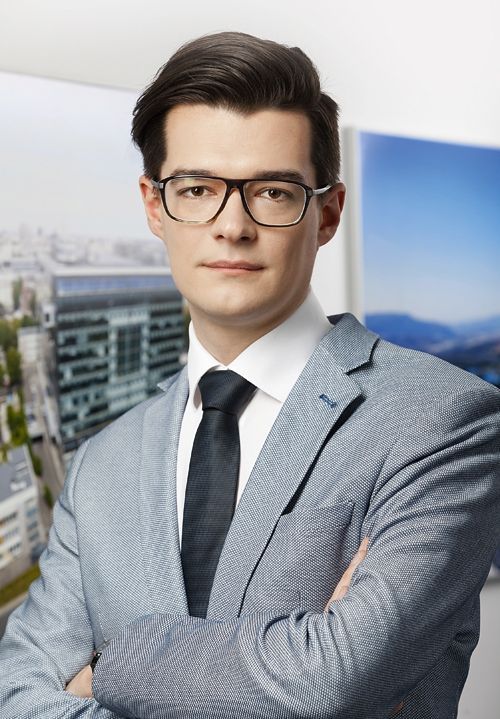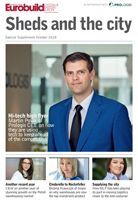The latest technology must now be used at every stage of a warehouse project, including during its construction, its operations and when it is being leased and managed. The uses technology is put to range widely and the demand for innovation is continuing to rise, a trend that has been noted by both developers and tenants. “According to the PropTech 2018 report, which we have prepared with the editorial team of Eurobuild magazine, over 80 pct of managers are convinced that new technology will change their business,” says Tomasz Ogrodzki, a partner of SkyConcept. In his opinion, there are only benefits to be reaped from this, which range from optimising costs to managing assets more effectively.
Management by phone
Developers currently see the greatest opportunities in using technology to improve the efficiency of property management and to support marketing and sales. One example of such a system is the Eclipse CRM [Customer Relationship Management] app, which JLL has bee































































